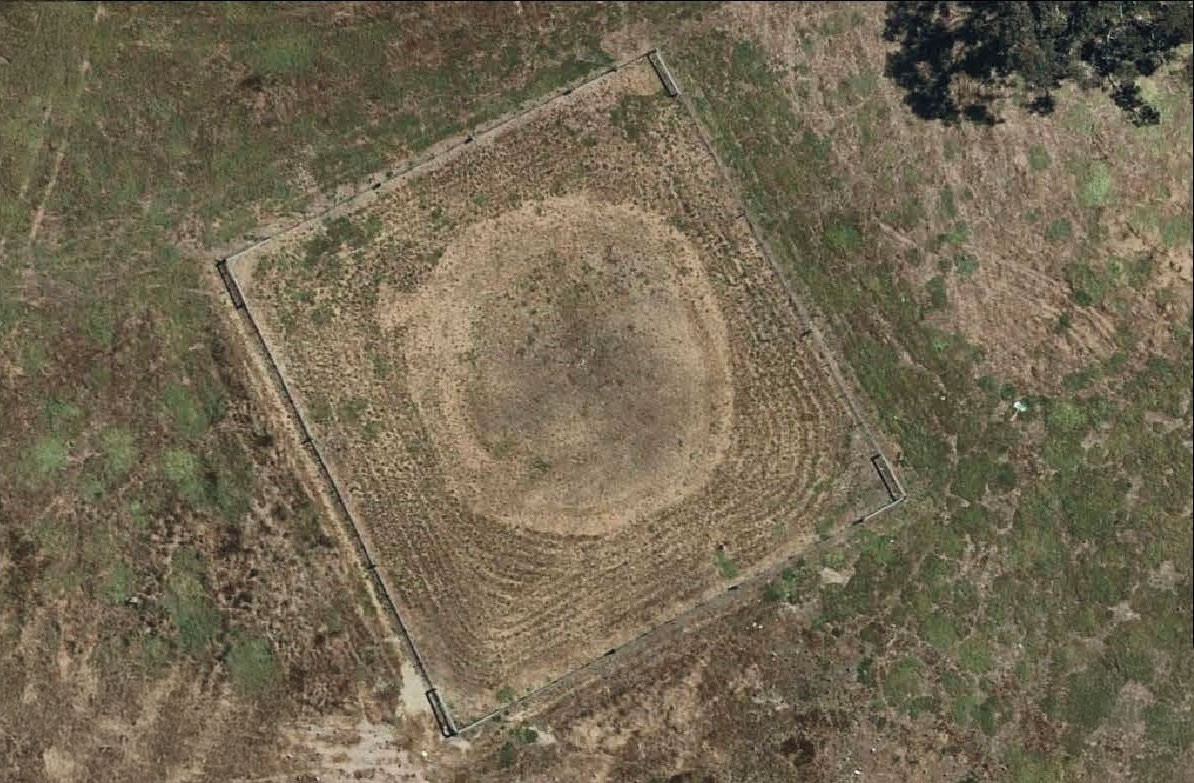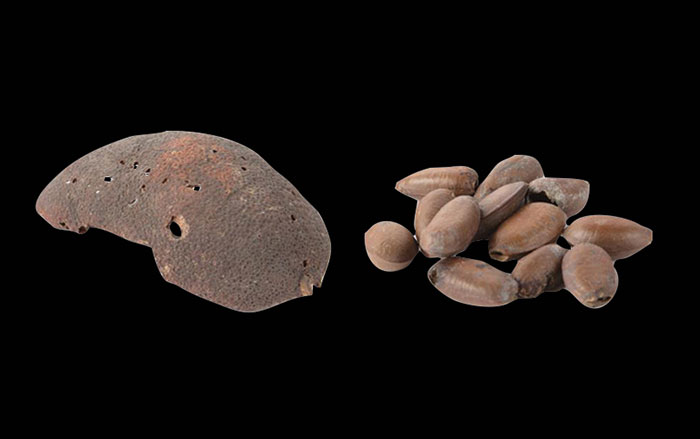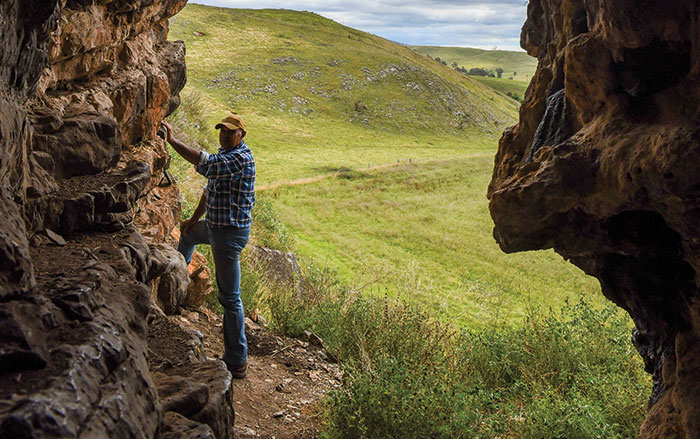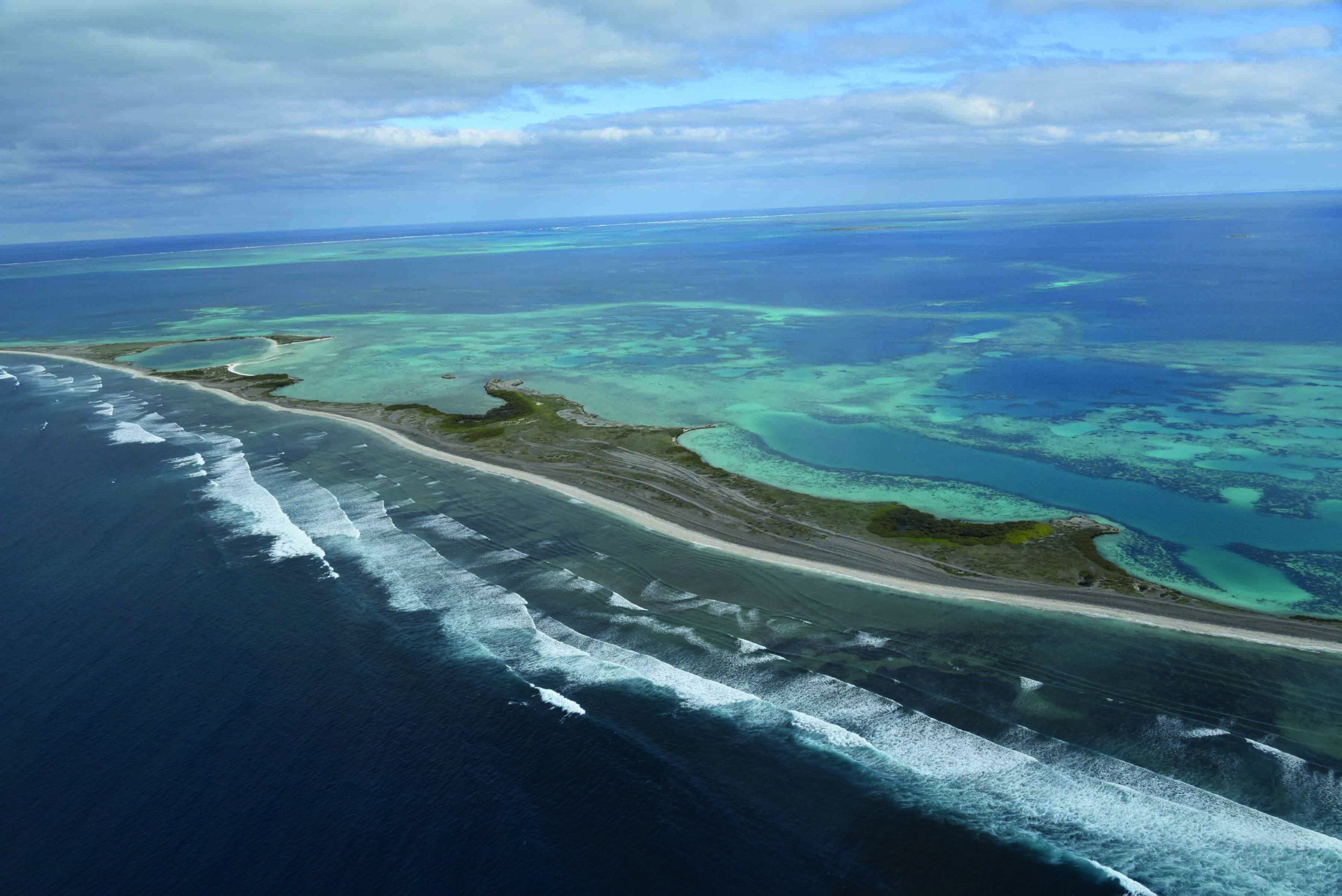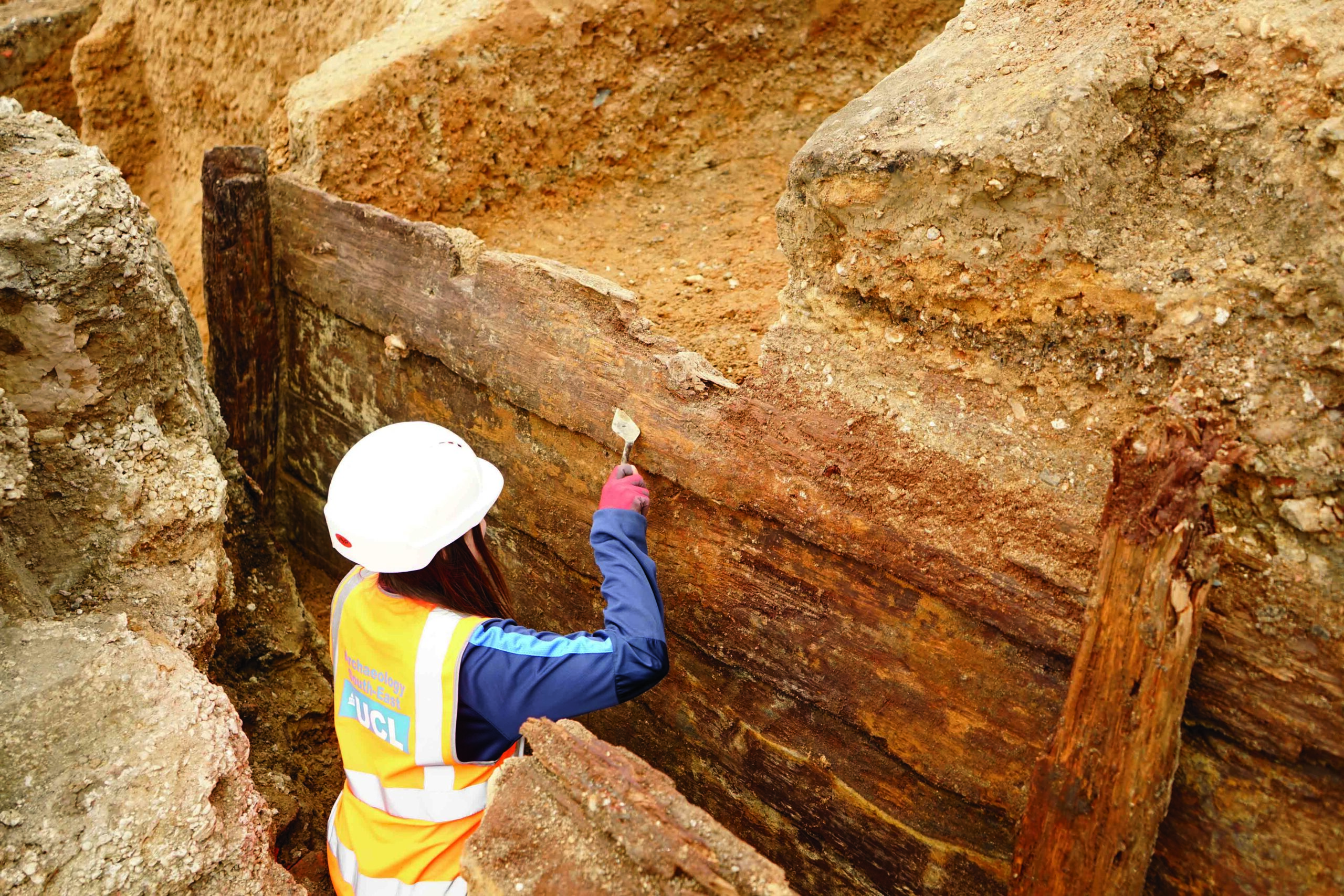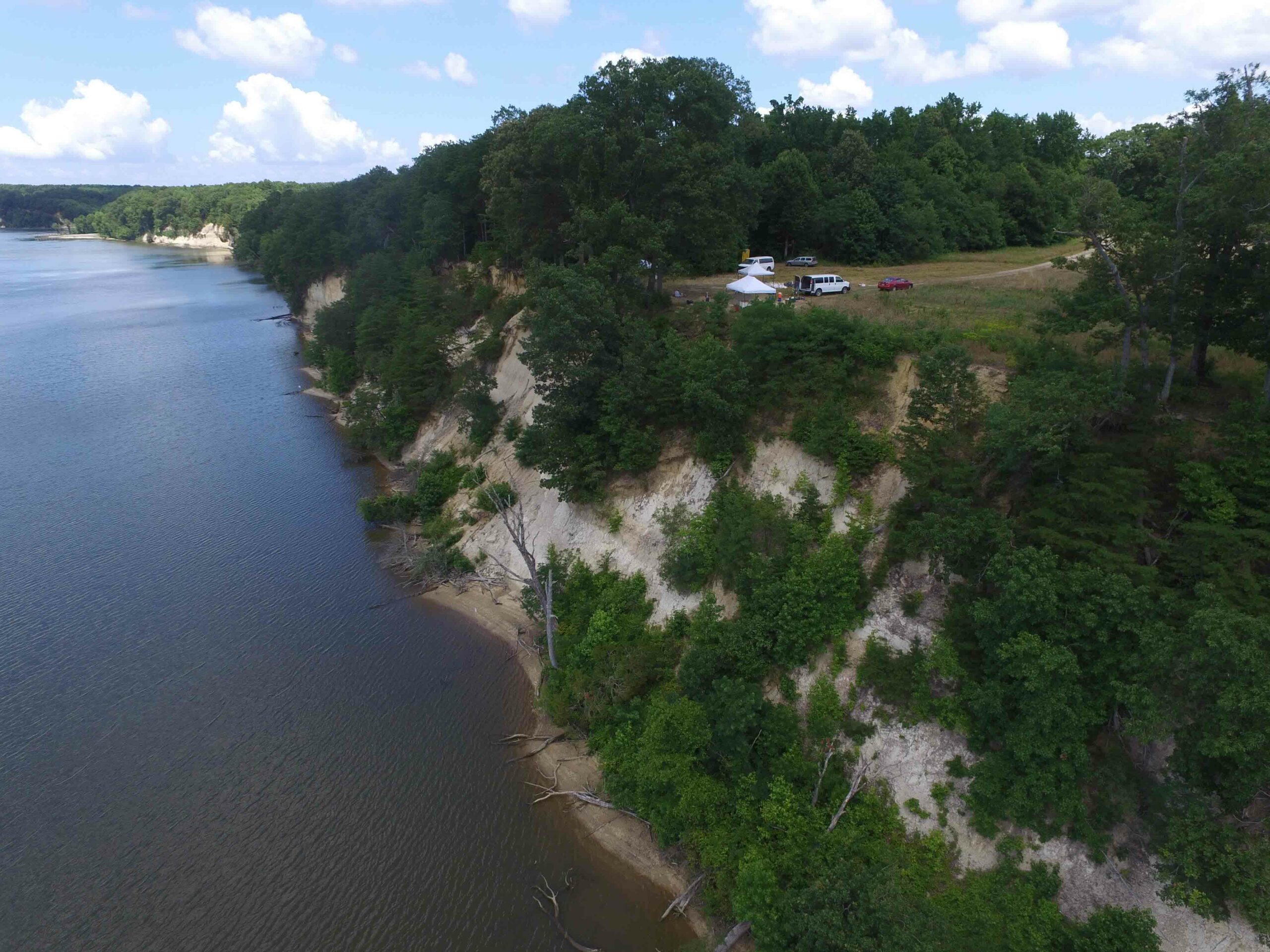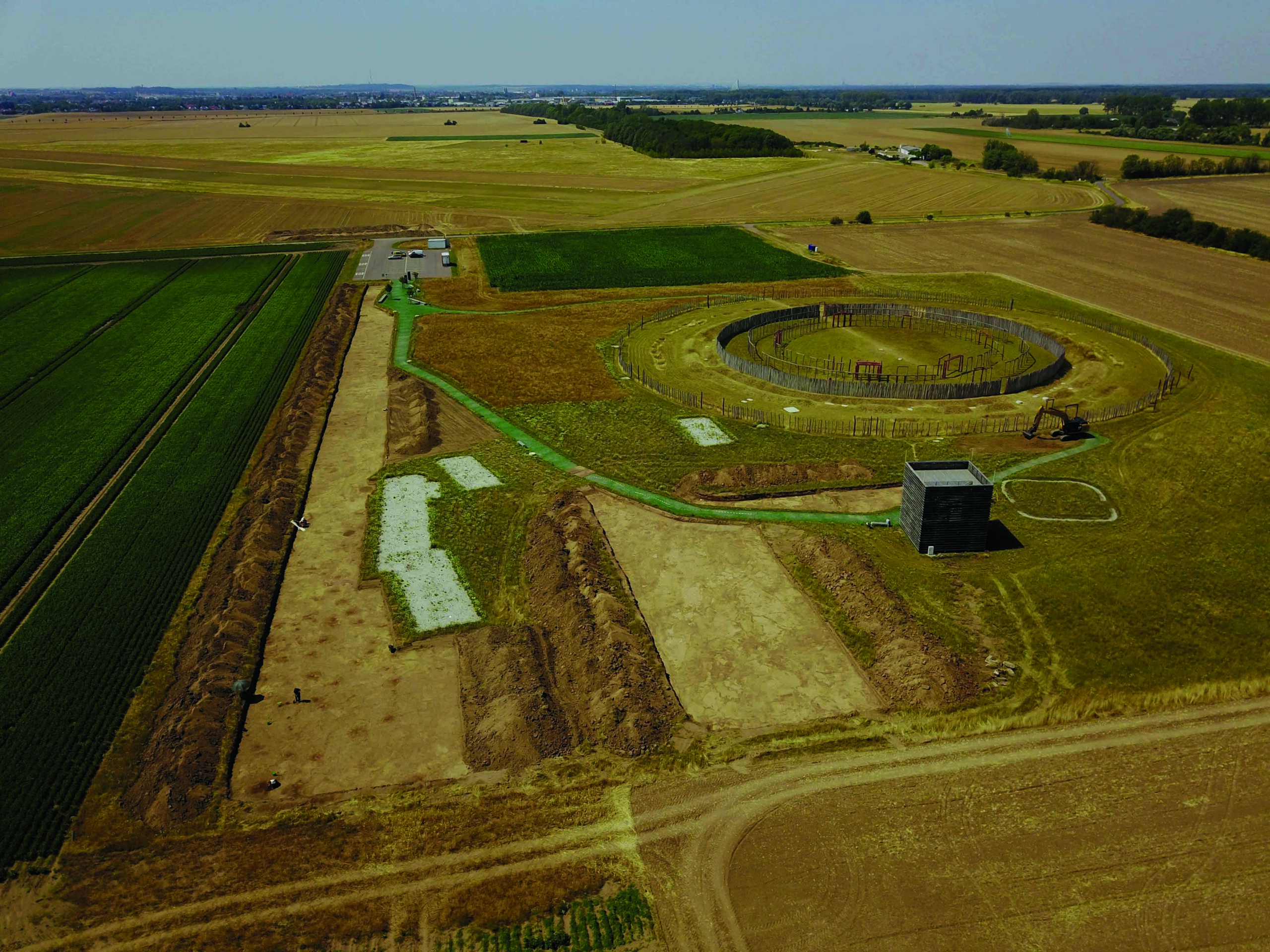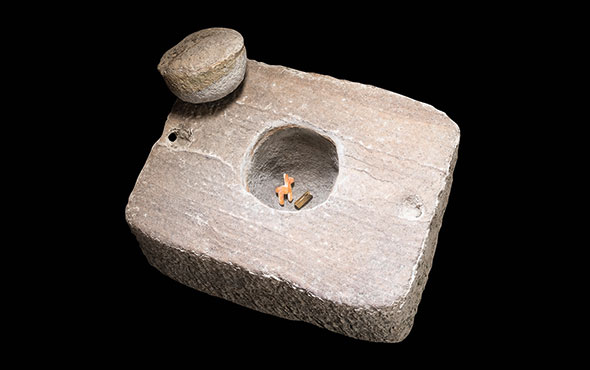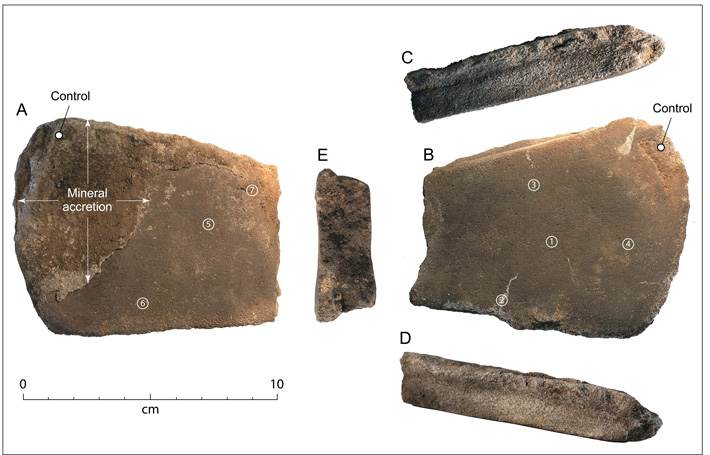
BUCHAN, AUSTRALIA—The Australian Broadcasting Corporation reports that microscopic remains of Bogong moths were detected on a grindstone recovered from Cloggs Cave, which is located in southeastern Australia. “We have oral histories about eating the Bogong moth in our culture, but since early settlement a lot of that knowledge has been lost, so it’s exciting to use new technologies to connect with old traditions and customs,” said GunaiKurnai Elder Russell Mullett of the GunaiKurnai Land and Waters Aboriginal Corporation (GLaWAC), which initiated the project in partnership with Monash University's Indigenous Studies Centre. Using residue analysis, independent archaeologist and pharmacologist Birgitta Stephenson identified ground moth wings and legs that were processed for food some 2,000 years ago. Ancient GunaiKurnai people traveled to the region each summer to harvest the billions of high-fat moths that migrated to the cooler alpine area of Cloggs Cave. The moths were harvested and cooked over fire or ground into cakes or paste that could be smoked and preserved for weeks. Archaeologist Bruno David of Monash University said the cave’s cool temperatures and alkaline soils helped to preserve the moth remains. Pollution, drought, and city lights are all thought to have contributed to the recent drop in the Bogong moth population, he added. To read about stencils that were used to create ancient rock art in northern Australia, go to "Miniature Masterpieces."


